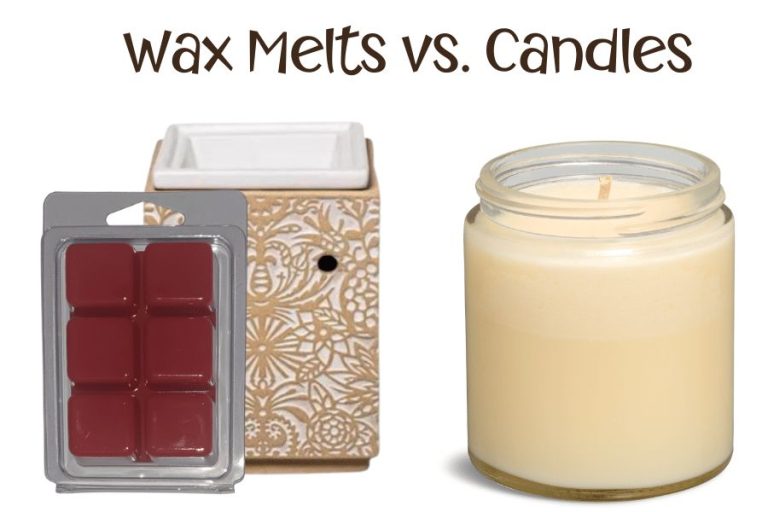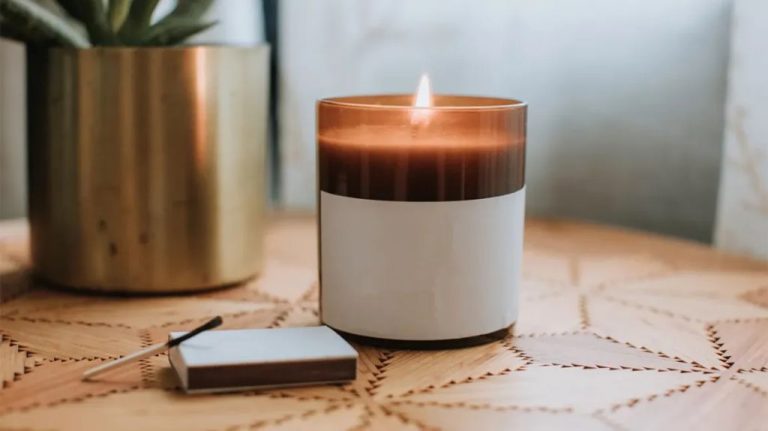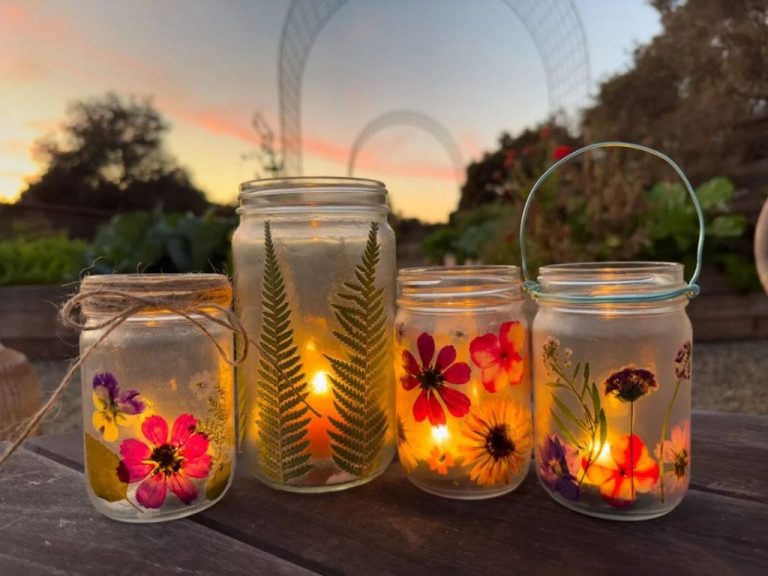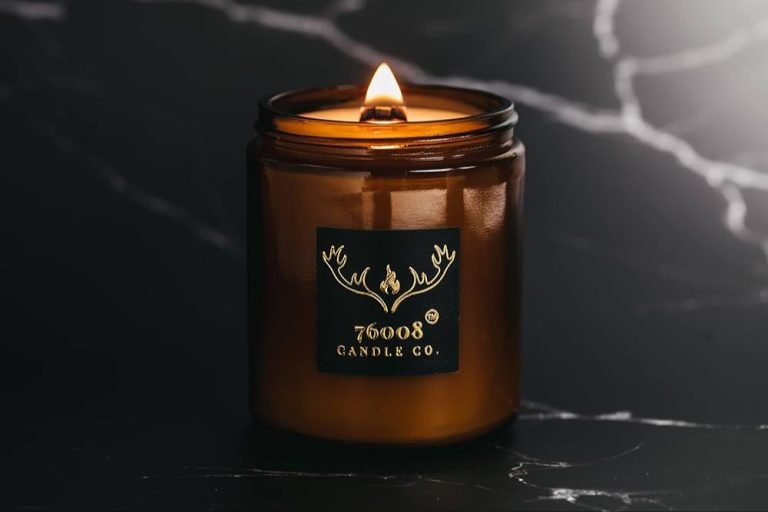Can You Relight Tea Lights?
What Are Tea Lights?
Tea lights are small wax candles typically used for decoration and ambiance. According to the Cambridge English Dictionary, tea lights are “too small to shed much light but they can give a nice ambience to your home.” They are designed to fit into small glass or metal holders.
Tea lights are commonly used to create mood lighting, scent a room, or provide a flickering flame effect. Popular uses include:
- Centerpieces and decorative accents for tables, mantels, and shelves
- Ambiance for outdoor spaces like patios and decks
- Aromatherapy with essential oil-infused tea lights
- Accent lighting in jars, lanterns, and luminaries
Tea lights come in a variety of shapes like rounds, squares, hearts, and stars. Common sizes range from 1 to 3 inches in diameter. Colors include white, ivory, red, green, blue, and more. The wax can be paraffin, soy, or beeswax.
Are Tea Lights Reusable?
Yes, tea lights can generally be reused a few times before needing to be replaced. According to Honey Candles, most tea lights can be reused 2-3 times if properly maintained1. The key factors affecting reusability are:
- Material – Higher quality wax and wicks allow for more reuse.
- Burn time – The longer the candle burns, the more reuse you can get before replacing.
- Proper storage – Storing unused wax portions properly preserves the candle for reuse.
- Wick trimming – Trimming the wick before relighting extends the life.
- Glass cup cleaning – Cleaning soot off the glass allows the candle to burn cleanly.
With the right tea lights and proper maintenance, you may be able to reuse them 4-5 times. However, lower quality tea lights may only be good for 1-2 uses. Overall, tea lights can be reused to help reduce waste and cost.
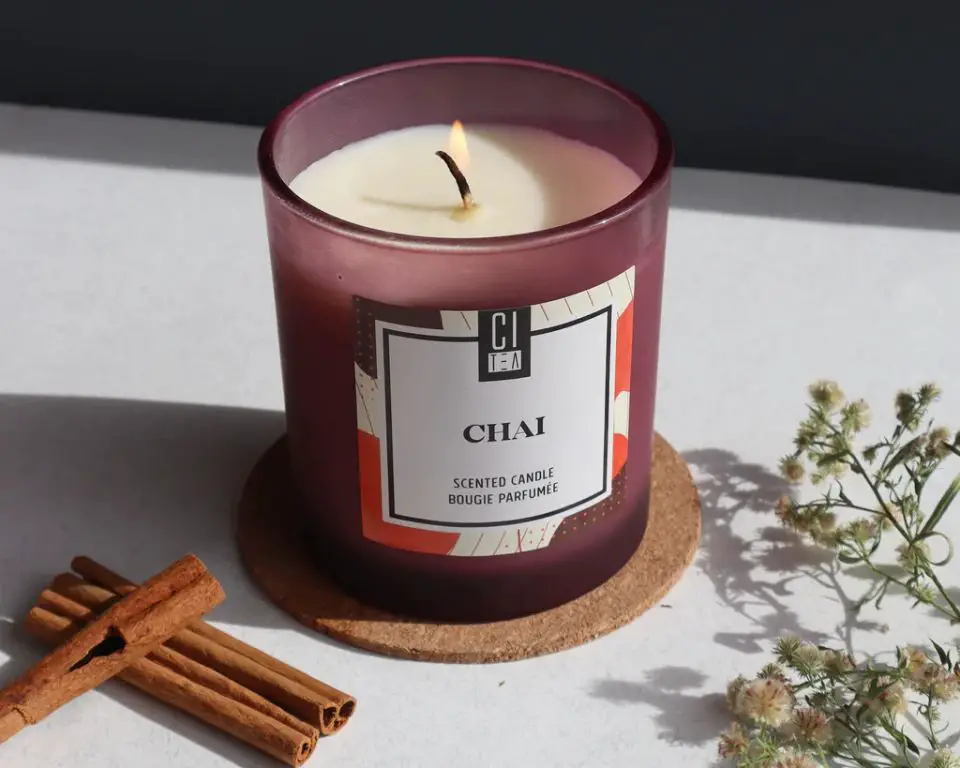
Relighting Tea Lights Safely
Tea lights can be safely relit multiple times if done properly. Here is the recommended procedure for relighting tea lights to maximize safety:
- Allow the wick to fully cool and harden before attempting to relight. This usually takes at least 1-2 hours after the initial burn. Relighting too soon can cause the wick to smoke and release harmful chemicals.
- Make sure the wax pool is still at least half full of wax. If too much of the wax has burned away, the candle may not relight properly or burn evenly.
- Use long fireplace matches or a utility lighter to relight the wick. Take care not to burn yourself on any remaining melted wax.
- Hold the flame to the tip of the wick until it ignites and starts glowing red.
- Let the candle burn for 5-10 minutes before blowing it out to ensure the wick is sufficiently hardened again.
Safety tips when relighting tea lights:
- Place on a stable, heatproof surface away from drafts or vents.
- Keep away from flammable materials like curtains or upholstery.
- Do not leave unattended or sleep while burning.
- Have a form of fire extinguishing (water, sand) nearby.
- Do not relight more than 2-3 times as performance diminishes.
- Discard if wick becomes thin, uneven, or hard to ignite.
Following these precautions will allow you to safely relight most quality tea lights and enjoy their aroma and ambience more than once (https://www.beeslightcandles.com/pages/caring-for-your-candles). Just be sure to let the wick fully cool and harden between burns for maximum safety.
Maximizing Tea Light Burn Time
There are a few simple tricks to help tea lights last as long as possible before burning out:
Trimming the Wick: Trim the wick to 1⁄4 inch before lighting to avoid excess smoke and uneven burning. This helps the wax melt evenly and the wick last longer (source).
Using a Candle Warmer: Consider using a candle warmer instead of lighting the wick. The warmer gently heats the tea light from below to release fragrance. This preserves wax and avoids blowouts from drafts (source).
Tin vs. Glass Containers: Tin containers conduct heat better than glass. The wax melts more evenly in tin, helping preserve the wick and avoid tunneling through the middle of the wax.
Storing Half-Used Tea Lights
When storing half-used tea lights, the goal is to preserve the remaining wax so the candle can be relit later. Proper storage is important for maximizing burn time.
One recommended storage method is to place the half-burned tea light back in its tin or aluminum cup. This protects the wax from air exposure that can cause it to dry out or become brittle over time. The metal holder also prevents any wax from leaking during storage [1].
Storing tea lights in a cool, dry place is ideal for maintaining the wax quality. Avoid areas with high humidity or heat, as this can cause sweating or melting [2]. A cabinet, closet, or basement storage area tends to provide suitable conditions.
When ready to use a stored tea light again, simply place it in its holder and light the remaining wick. The wax should relight and burn as normal, although burn time will be reduced compared to a brand new tea light. With proper storage methods, relighting half-used tea lights can extend their usefulness.
Troubleshooting Difficulties Relighting Tea Lights
If you are having trouble getting a used tea light to relight, there are a few things you can try. According to this source, melted wax can clog the wick and prevent it from lighting again. Use a paper towel to blot up any excess wax around the wick, or even scrape it away carefully with a toothpick. Repeating this process a few times can clear the wick so it will light again.
Soot buildup on the wick can also cause issues relighting tea lights. According to Reddit users, burning lower quality tea lights can create more soot here. Trim the wick slightly and burn it again to allow some of the soot to burn off before attempting to reuse it. You can also gently scrape the wick with a toothpick to remove stubborn soot.
If your tea light has a very small flame when lit, that is another sign of a clogged wick. Follow the steps above to clear any wax or soot buildup so the wick can draw wax more efficiently. A properly saturated and cleaned wick should give a taller, brighter flame.
Tea Light Alternatives
While traditional wax tea lights are convenient and inexpensive, there are other options to consider that provide similar ambiance. Some popular tea light alternatives include:
LED Tea Lights
LED tea lights are a flameless, reusable option that provide a realistic flickering glow without any fire risk (Source: https://blog.lafco.com/candle-alternatives/). They come in both battery-powered and USB-rechargeable versions. LEDs last for thousands of hours, making them extremely cost-effective.
Long-Burning Candles
Scented jar candles, pillars, and votives often burn significantly longer than tea lights. Opting for a high-quality long-burning candle can provide hours of fragrance and ambiance. Be sure to trim wicks as needed and allow candles to fully pool for optimal burn time (Source: https://www.apartmenttherapy.com/candle-alternatives-36705656).
Flameless Diffusers
Reed diffusers, electric diffusers, and essential oil mists provide fragrance without any open flames. These options let you safely scent your space for extended periods. They also eliminate soot, smoke, and burnt matches associated with burning candles.
Environmental Considerations
When it comes to tea lights, reusing them is generally better for the environment than recycling. Most tea light containers are made of aluminum, which is highly recyclable. However, recycling still uses energy and resources. Reusing tea lights allows you to extend their lifespan and avoid generating waste in the first place. According to one source, reusable steel tea light containers “reduce waste and offer a variety of options for burning your tea lights” (Amazon).
In terms of candle wax sustainability, natural waxes like soy, beeswax, and rapeseed tend to be more eco-friendly than paraffin wax. Paraffin is a petroleum byproduct, while natural waxes come from renewable resources. Look for tea lights made from natural waxes or eco-sensitive wax blends for a greener option. As one retailer describes, their eco tea lights use “100% natural wax from rapeseed, which is a slower-burning and greener alternative to paraffin” (The Nordic Shop).
Cost Savings
Tea lights can provide significant cost savings compared to other candle options. According to FlamelessCandles.com, tea lights cost around $0.10 per unit and burn for around 5 hours on average. This translates to a cost of around $0.02 per hour of use. In contrast, a traditional taper candle may cost $1-2 and only burn for 8 hours, costing $0.13-0.25 per hour of use. Buying tea lights in bulk quantities can further reduce the per unit cost. Many retailers offer discounts when purchasing boxes of 100 or more tea lights. Checking for coupons and waiting for sales is another great way to save on tea lights. For example, Amazon frequently discounts tea light boxes by 25-30% or more during holiday sales events.
Over the long-term, the cost savings of using tea lights can really add up. According to the Candles Recharge savings calculator, switching from traditional candles to tea lights can save over $12,000 over a 5 year period for the average home. Given their low individual cost and long total burn time, tea lights are one of the most economical candle options currently available.
Key Takeaways
Let’s recap the main points about relighting and reusing tea lights:
– Make sure the wax burns all the way down before attempting to relight. Don’t try to relight a tea light with wax remaining.
– Use a match, lighter, or taper candle to relight the tea light.
– Don’t burn yourself! Relight carefully and blow out immediately if you start to feel heat.
– Tea lights can usually be relit 2-3 times before needing to be replaced.
– Store half-burned tea lights in an airtight container to maximize burn time.
– Clean the wick after each use to prevent smoking or poor burns.
– Consider the environmental impact of paraffin wax versus soy wax tea lights.
– Reusing tea lights can save money over buying new ones each time.
– Be patient and stay safe when relighting tea lights to get the most use out of them.

